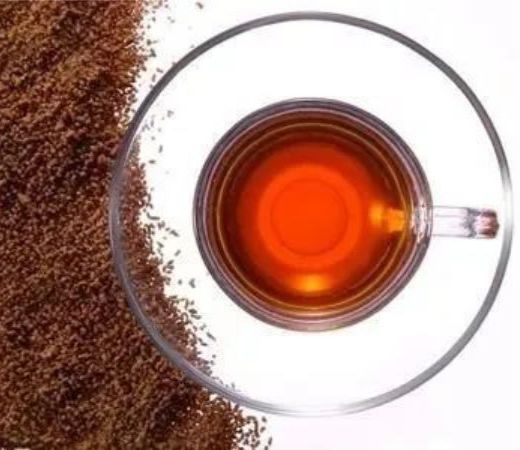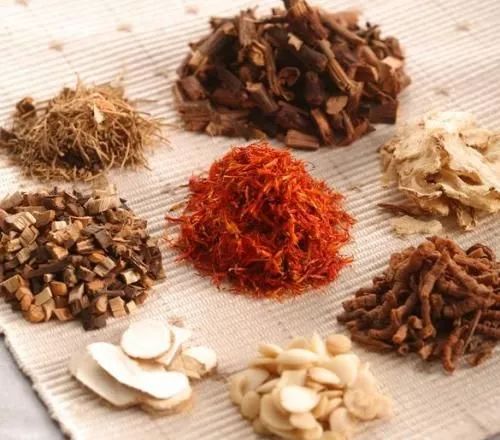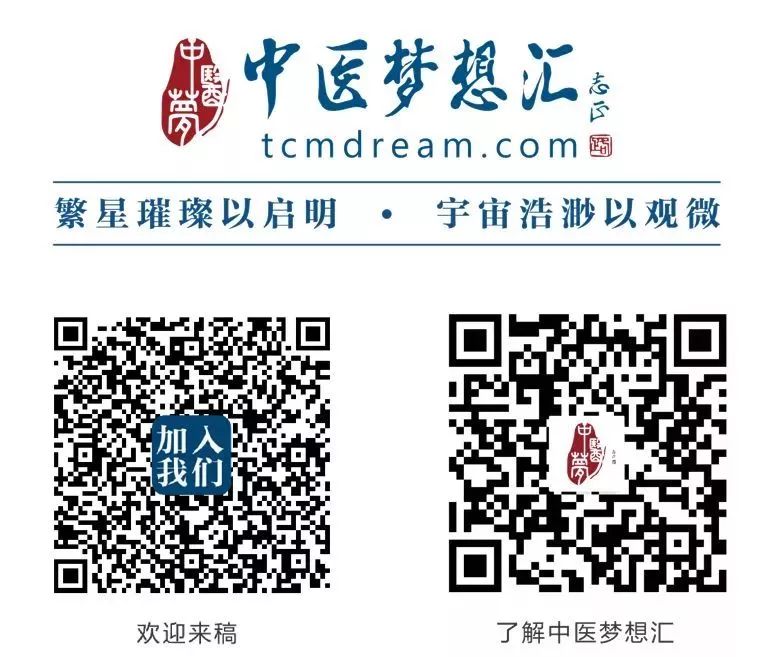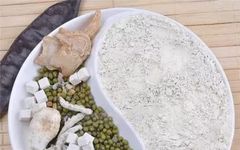
The Misunderstanding of Chinese Herbal Powders and Granules
During the Song, Jin, and Yuan dynasties, amidst the chaos of war, it was inconvenient to carry herbal pieces, leading to the popularity of powders. The Xie Huang San (Yellow Drain Powder) from Qian Yi’s Xiao Er Yao Zheng Zhi Jue and Qing Wei San (Stomach Clearing Powder) and Ping Wei San (Stomach Harmonizing Powder) from Li Dongyuan’s Pi Wei Lun were famous powder formulas of that era.Powders are powdered medications made from one or more herbs that are crushed and mixed, suitable for both internal and external use. Some internal powders can be taken directly, but most still require decoction, and after boiling, the dregs must be removed before consumption. For example, the method for Qing Wei San is recorded in medical texts as “grind the above herbs into a fine powder, make one dose, add one and a half cups of water, decoct until reduced to seven parts, remove the dregs, and take it cold.” The method for Qing Wei San is relatively simple. However, for Xie Huang San, after chopping the herbal pieces, they need to be stir-fried with honey or wine to enhance their aroma before grinding into powder.

Today, the inconvenience of carrying herbal pieces still exists, and the high intensity of modern life makes it difficult to decoct herbs at home, leading to the emergence of granules. Granules are made using modern pharmaceutical technology to extract, concentrate, and separate the “active ingredients” of single herbal pieces, followed by steps such as suspension, sedimentation, and drying. Each type of granule is mixed and packaged in proportion, allowing for easy consumption by dissolving in water.

It sounds like granules, with their extraction and concentration processes, are an upgraded version of powders and a portable version of decoctions. Some even mistakenly believe that the effects of granules are the same as those of decocted herbs. Compared to traditional herbal pieces, granules are indeed safer and more hygienic, and modern purification technology helps to enrich more active components of the herbs. However, why do the clinical effects of granules often fall short? On one hand, we overlook the wonderful changes that occur when various herbs interact during decoction, honey frying, or wine frying. These processes can extract components, neutralize properties, enhance efficacy, and reduce toxicity, principles that are still difficult to explain using modern pharmacological theories, and few can clarify them using TCM theories. These principles cannot be simulated by the advanced technology used in granules.
On the other hand, we ignore the truth that quantity does not equal quality, meaning that the content of a certain component in herbal materials does not necessarily correlate with the quality of the herbs. For example, while decocted herbal pieces may use roots, granules may not use roots but instead use leaves or stems with higher content of a certain component. As a result, they may meet “standards” but yield poor efficacy. This is similar to how the nitrogen content in milk powder does not determine its quality.

Therefore, in clinical practice, even when faced with patients requesting granules, many TCM practitioners still recommend that patients decoct their own herbs. For traditional formulas with specific dosage form requirements, if they can be decocted using traditional methods, they may yield unexpected therapeutic effects. For patients who truly lack time for decoction, alternative decoction services can also be a choice.
It cannot be denied that as a product born from modern society, granules have their reasonable existence value, but their impressive appearance cannot hide their drawbacks. Not to mention that they lack the process of processing and multi-herb decoction, even regarding the quality of raw materials, they are likely to be conceptually misled by modern theories. It is hoped that more people will correctly understand the method of decocting Chinese medicine, choose dosage forms based on actual situations, and better reflect the efficacy of Chinese medicine, without being misled by vague and misleading “high-tech” claims.


